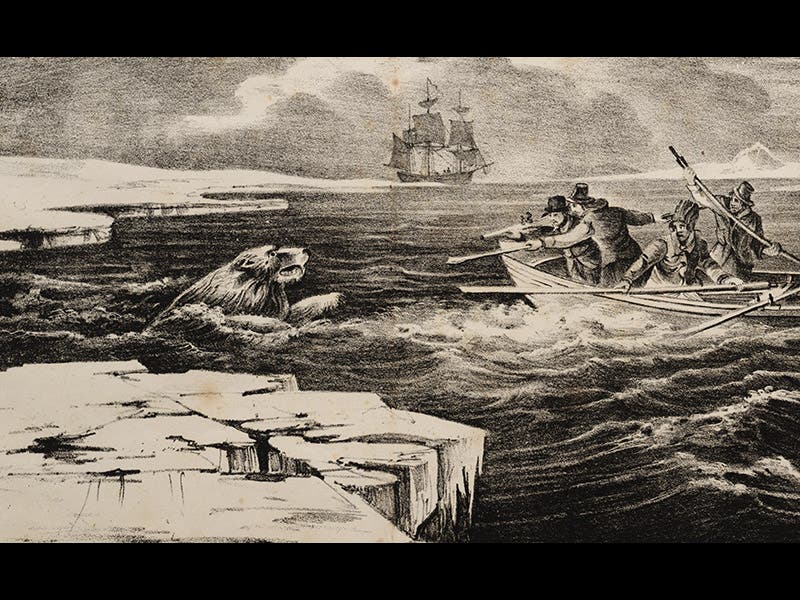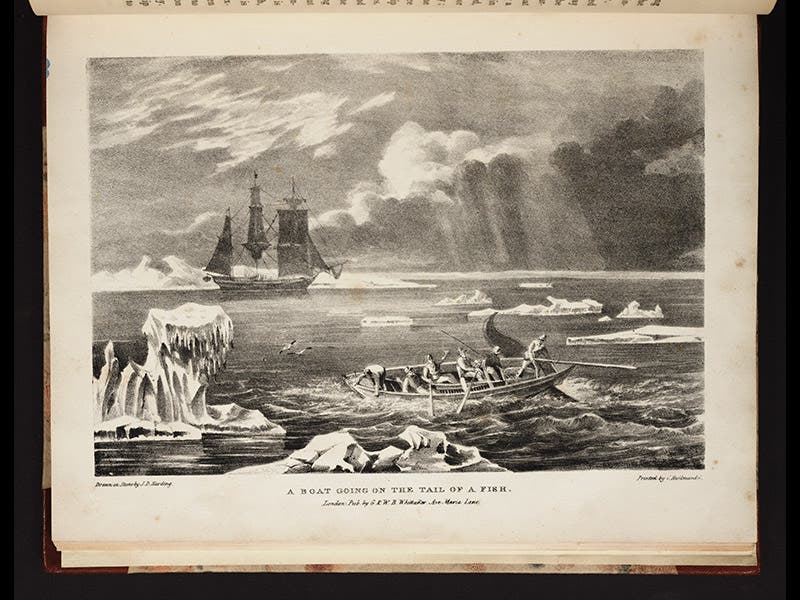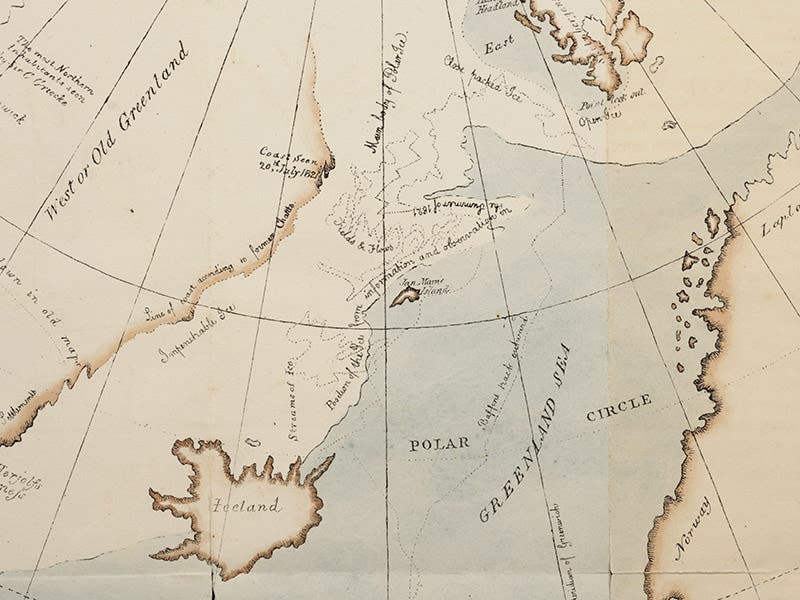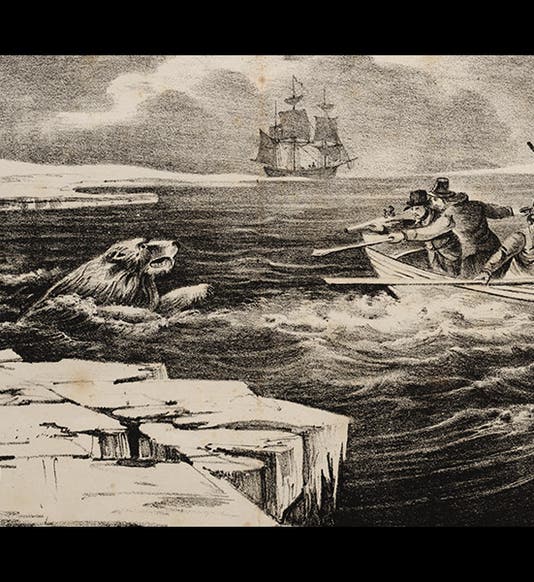Scientist of the Day - George Manby






In 1823, William Scoresby Jr., a whaling captain, published his Journal of a Voyage to the Northern Whale-fishery, an account of a voyage in the ship Baffin up the eastern coast of Greenland in 1822. You would not know from this book that Scoresby had made similar voyages in the Baffin in 1820 and 1821. Fortunately, one of his companions, George William Manby, wrote an account of the 1821 voyage, and we have recently acquired his narrative, Journal of a Voyage to Greenland (1822), for the History of Science Collection. Manby was born on Nov. 28, 1765, and is better known as an inventor rather than a mariner. He invented a device to pull grounded ships off shoals, essentially a mortar firing a rope, and he also invented the ancestor of the modern fire extinguisher. He was on Scoresby's ship because he wanted to try out a harpoon gun, inspired by his rescue mortar. The harpooners would not stand for the powered harpoon, so that test came to naught, but Manby was an observant would-be naturalist, and his narrative contains lively descriptions of polar bears, narwhals (Manby calls them unicorns), seabirds like arctic gulls and puffins, and of course whales. That said, there is no doubt that the most dramatic plates in the book are the large folding lithographs that depict that the dangerous craft of whaling. We show a sampling of these above, two showing whale-hunts (second and third images), and one an attack by a polar bear (first and fourth images). Manby also included a large folding hand-tinted map of Greenland and the northern seas, from which we extracted a detail centered on Jan Mayen Island, north of Iceland (fifth image). You can see the track of the Baffin plotted on the map. Jan Mayen is home to the impressive stratovolcano, Beerenberg, a lithograph of which also appears in Manby’s book (sixth image). We featured Scoresby as our Scientist of the Day just last month and included his engraving of Jan Mayen and Beerenberg, which you may compare to Manby’s lithograph.
It is worth mentioning that lithography, invented about 1800, was still a rare medium in book illustration. When we organized our 2013 exhibition, Crayon and Stone: Science Discovers the Lithograph, the earliest pictorial lithograph we displayed (as opposed to line diagrams) was a lithograph of a fish, printed in 1822. Had we owned Manby’s book then, it would certainly have had pride of place in the opening section of the exhibition.
Dr. William B. Ashworth, Jr., Consultant for the History of Science, Linda Hall Library and Associate Professor, Department of History, University of Missouri-Kansas City. Comments or corrections are welcome; please direct to ashworthw@umkc.edu.






